
Krishna dancing with gopis
|
JAlso known as ‘Kojaagari Punam,’ the festival is celebrated on Aso sud 15 – Purnima. Lakshmi, the goddess of wealth moves around in the night sky, asking `Ko jaagarti’ searching for people below who are awake. In Sanskrit, `Ko jaagarti’ means, ‘ Who is awake?’ And to those who are awake she gifts wealth.
Origin
1. The Sanatkumar Samhita cites the story of ‘Kojaagari Punam.’ In the Samhita Vaalkhil rishi narrates that in ancient times, a poor Brahmin named Valit lived in Magadhdesh – Bengal. While he was a learned and virtuous man, his wife revelled in quarelling, behaving totally opposite to his wishes. Once on his father’s `Shraddh’ – day of paying homage to the deceased- she flung the ‘pind’ – ball of wheatflour – in a sewage pit, rather than the sacred Ganga, as custom required. This infuriated Valit. Therefore he renounced home to search for wealth. In the forests, he met ‘Naagkanyas’ – girls of Kaliya Naag’s ancestry. These Naagkanyas had performed the ‘Kojaagari Vrat’ – staying awake on Aso sud Punam. They then sat gambling with Valit. The night happened to be Aso sud Punam. Valit lost everything. At that moment, Lord Vishnu and consort Lakshmi, happened to pass by. Since Valit had incidentally observed the ‘Kojaagari vrat’, Lakshmi graced him handsomeness similar to that of ‘Kamdeva’ – the deity of love. Now attracted to him, the Naagkanyas married Valit and gifted him their riches. He then returned home with the riches, whence his wife received him warmly. After this episode, the Samhita declared that those who remain awake on this Punam will be graced with wealth.
2. On this night, Lord Krishna invited his faithful devotees, the Gopis of Vrundavan, to play the Maha Raas (traditional folk-dance) with him. They had earned his grace by overlooking society’s disdain on them (`loklaaj’), to offer him unalloyed devotion.
When they left their homes in Vraj and arrived in Vrundavan, Shri Krishna welcomed them. Yet to further test their love for him, he averred: ‘Women of character such as you, should not leave home to meet another man in the middle of the night!’
These words seared the Gopis’ hearts. In extreme grief, they uttered:
‘Our feet will not budge the slightest from your lotus-feet. So how can we return to Vraj?’
Pleased with such immutable love for him, Shri Krishna initiated the Maha Raas, by assuming as many forms as there were Gopis. At this point, they beamed with pride that, ‘Nobody’s devotion can excel ours, by which the Lord favored us.’ Instead of accepting the Maha Raas as the Lord’s grace, ego marred their devotion. Therefore he instantly vanished from the Raas mandal!
Now filled with remorse, the Gopis repented. Recalling Shri Krishna’s divine episodes – ‘lila’, they lamented their pangs of separation, and sang kirtans known as ‘viraha geet’:
‘Jayati te-dhikam janmanaa vrajaha ….. (Shrimad Bhagvat 10/31/1)
Describing the ‘lila’ in the Bhagvat (10/30/25), Shukdevji narrates to king Parikshit:
‘O Parikshit! Of all nights, that night of Sharad Punam became the most resplendent. With the Gopis, Shri Krishna roamed the banks of the Yamuna, as if imprisoning everyone in his lila!’

Lord Krishna
|
3. Aksharbrahma Gunatitanand Swami, the choicest devotee of Bhagwan Swaminarayan was born on Sharad Punam, Samvat 1841. He granted ‘wealth’ by blessing spiritually ‘awake’ devotees with God-realization.
Sentiments
The spiritual import of ‘Jaagrati’ (awake) is to remain vigilant. In Vachanamrut Gadhada III-9, Bhagwan Swaminarayan elaborates on this vigilance. He says that the vigilance in one’s heart is the gateway to the Lord’s divine abode. Devotees should not let mundane desires, of wealth, lust and so forth, enter their hearts. When faced with obstacles such as: success and failure, happiness and misery, honor and insult, the devotees should remain unflinching in their devotion to God. In this manner, they should remain vigilant at the gateway to God, not letting any mundane objects through.
Therefore, every moment in our lives requires vigilance and this in itself becomes a subtle form of ‘tapas’ – austerity. Those who performed severe austerities without vigilance, succumbed to Maya. Vishwamitra performed austerities for 60,000 years, but lost ‘Jaagruti’ – vigilance – in Menka’s company. Similarly, lack of vigilance toppled Saubhari rishi, Ekalshrungi, Parashar and others.
Symbolic Import
Just as the night sky of Sharad Punam is clear and suffused with lunar resplendence, the aspirant should similarly endeavor to purify his ‘antahkaran.’
For this he has to eradicate body-consciousness and mundane desires and imbibe Brahma-consciousness, in order to incessantly experience Parabrahma. (Gita 18/54, Shikshapatri 116). For this the aspirant needs to seek the Gunatit Sadhu, who is the gateway to moksha (the Lord), as proclaimed in the Bhagvat (3/29/20):
Prasangamajaram paashamaatmanaha kavayo viduhu,
Sa eva sadhushu kruto mokshadwaaram apaavrutam.
i.e. the sages decree that if a jiva who is deeply attached to his body and bodily relatives, similarly attaches himself to the Gunatit Sadhu, the doors of moksha will be opened for him.
Ritual
‘Dudha-Pauva’ – parched rice soaked in milk – is offered to God. This prasad is then availed by devotees. The health attribute of this prasad is similar to that of Dashera’s; it corrects any disturbance in ‘pitta’.
The BAPS Swaminarayan Sanstha celebrates the festival with great fervor in all mandirs at night. Devotees sing Aksharbrahman Gunatitanand Swamikirtans and extol the glory of Aksharbrahman Gunatitanand Swami.Five artis are performed during the assembly. Pramukh Swami Maharaj usually celebrates Sharad Punam in the Gondal mandir – built on the sacred site of Gunatitanand Swami’s cremation.
It was Yogiji Maharaj who introduced this festival in Gondal along with the ritual of 5 artis. Usually one arti is performed at the time of birth – the Janma mahotsav arti – as for Shriji Maharaj on Chaitra sud 9 and for Shri Krishna on Janmashtami. When asked about the reason for the 4 artis preceding the birth arti, Yogiji Maharaj gleefully replied, ‘These 4 artis are in joyful preparation for Aksharbrahma Gunatitanand Swami’s birth celebration!’ Such was the glory he attributed to Bhagwan Swaminarayan’s choicest devotee.

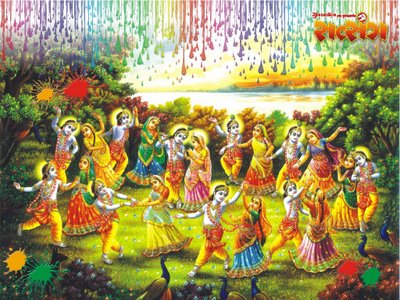
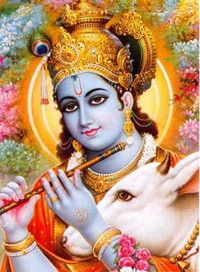



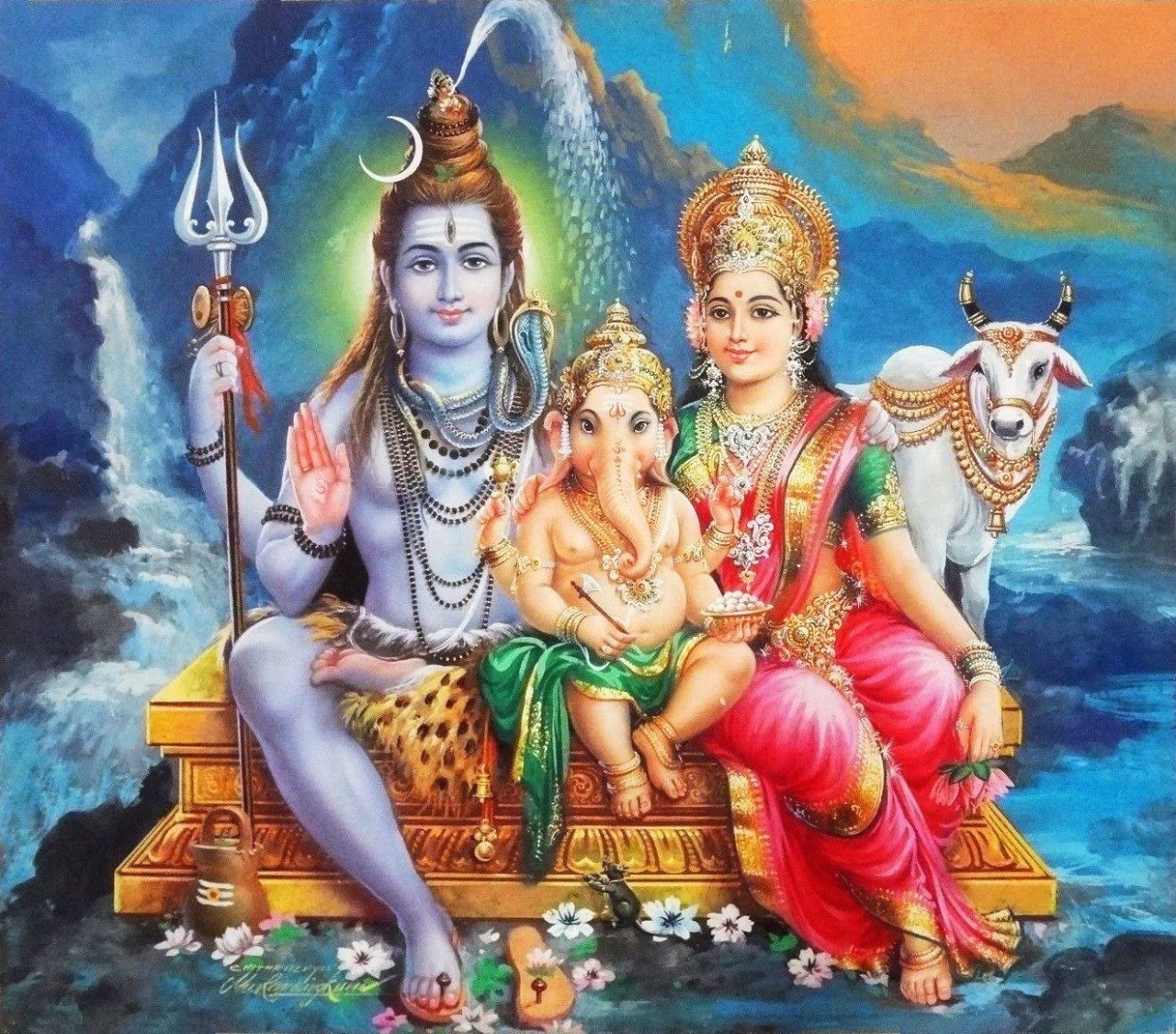
 Festivals in Shravan Month
Festivals in Shravan Month
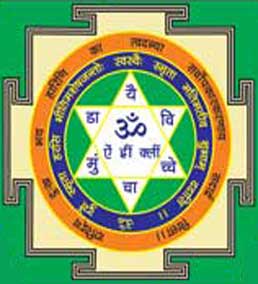

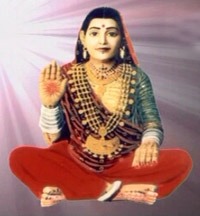
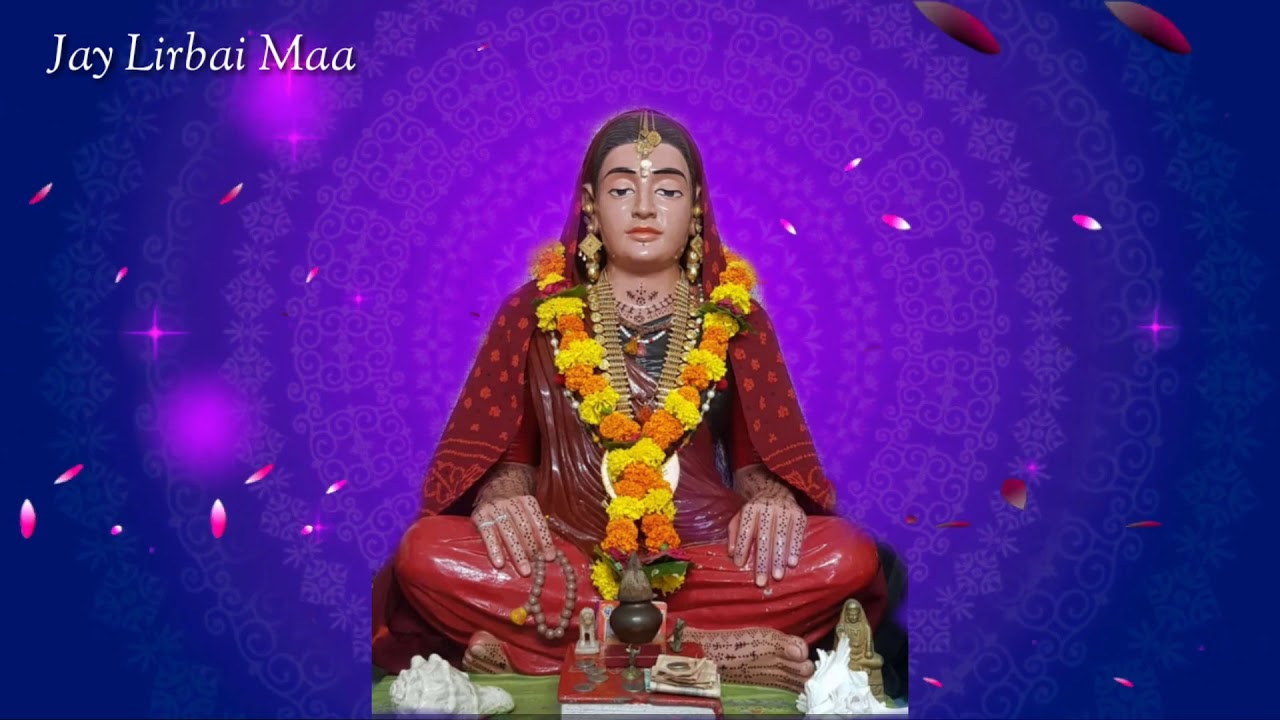 Sati Shree Lirbai Maa
Sati Shree Lirbai Maa
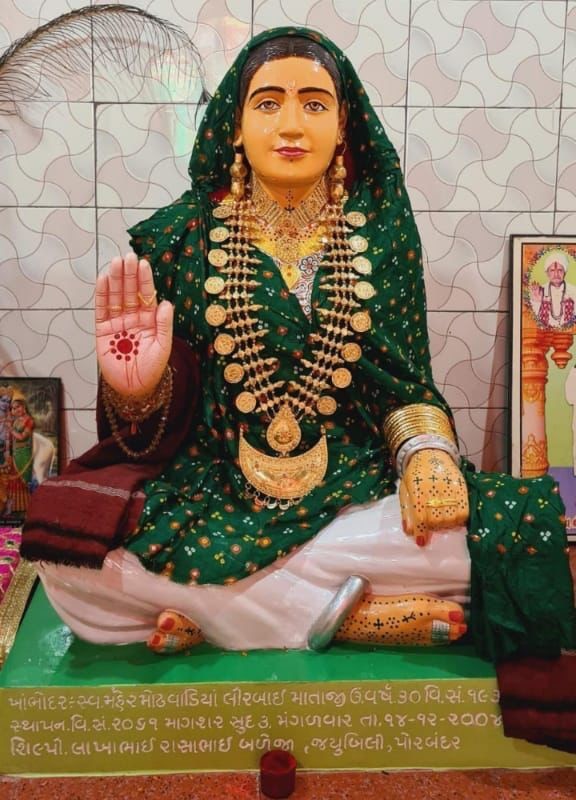 The time came when Lir Bai Maa wanted to take her Samadhi. Her time had come and she knew that she had to go. Calling Natha Bhagat, Nathoo Bhagat, Rajshi Bhagat and Rudi Aai, as well as many others, Lir Bai Maa held her last Barporo Paath. Sati Shree Lir Bai Maa took her Samadhi on Maha Bij, Vikram Savant 1832.
The time came when Lir Bai Maa wanted to take her Samadhi. Her time had come and she knew that she had to go. Calling Natha Bhagat, Nathoo Bhagat, Rajshi Bhagat and Rudi Aai, as well as many others, Lir Bai Maa held her last Barporo Paath. Sati Shree Lir Bai Maa took her Samadhi on Maha Bij, Vikram Savant 1832.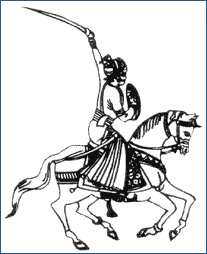

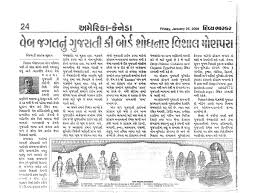
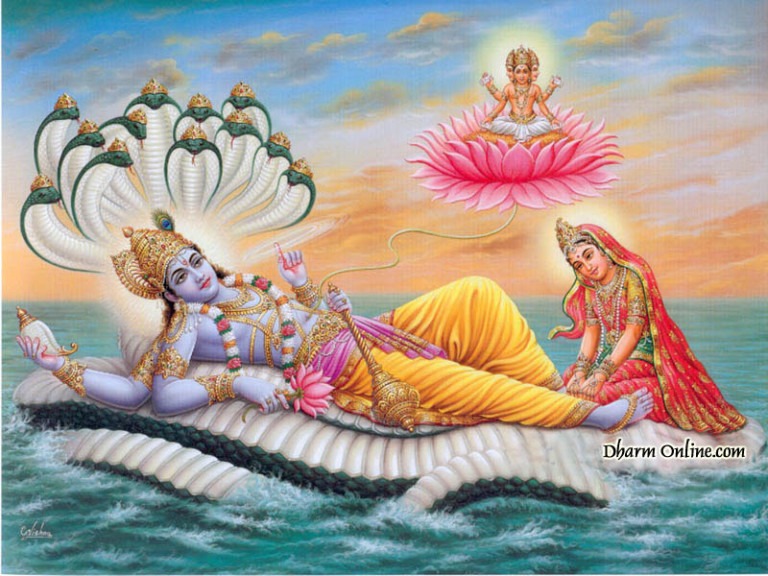

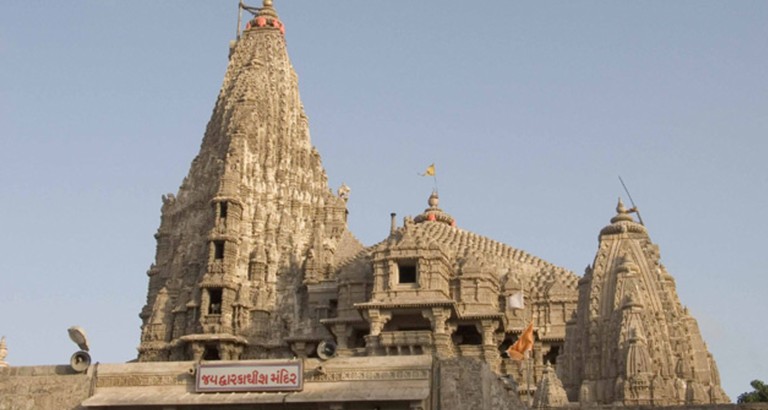
 On the extreme western tip of the Kathiawar; peninsula, Dwarka is one of the four most holy Hindu pilgrimage sites in India and is closely related to Shree Krishna.
On the extreme western tip of the Kathiawar; peninsula, Dwarka is one of the four most holy Hindu pilgrimage sites in India and is closely related to Shree Krishna. The Somnath in the Prabhas Kshetra in Saurashtra,on the western cost of Gujarat is one of the twelve Jyotirlings that are most scared to the Hindus. It is as old as creation and its reference is available in Rig Ved also.
The Somnath in the Prabhas Kshetra in Saurashtra,on the western cost of Gujarat is one of the twelve Jyotirlings that are most scared to the Hindus. It is as old as creation and its reference is available in Rig Ved also. Diu
Diu Mount Abu
Mount Abu